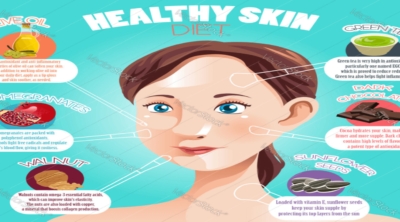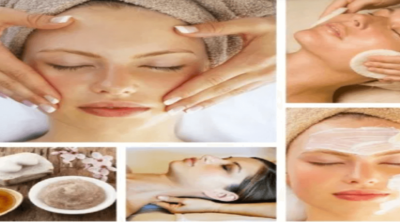Acne is an annoying skin condition, that causes the development of skin lesions. The acne lesions often leave behind unsightly marks or scars, once they heal. Know more about the various types of scars cause by acne, and how to get rid of them, in this BeautiSecrets article.
Acne and pimples develop when the skin pores get clogged due to an over-secretion of sebum by the sebaceous glands. Such clogged skin pores often harbor bacteria and microorganisms, which in turn can cause inflammation and infections. This eventually results in the development of acne lesions.
When such skin lesions or eruptions heal, they often leave behind ugly scars, or hyperpigmented marks on the skin. Such marks are the result of the normal process of repairing the damaged or injured tissues. Such scars usually diminish or fade within a few months. However, if more lesions develop on the scarred area, then such scars might become really difficult to treat.
Usually, there are three types of acne scars – ice pick scars, atrophic scars, and hypertrophic scars. As the name suggests, ice pick scars are very small, but deep, and they make the scarred area look like as if it has been pierced with an icepick. Atrophic scars are not as deep as the ice pick scars, and they usually have smooth borders. The hypertrophic scars are very thick, and they look like raised lumps on the skin.
Conventional Treatment Options
Mild to moderate scarring caused by acne usually heals on its own within a couple of months. However, severe scarring might need some scar removal treatment. The usual treatment options available for this purpose are, microdermabrasion, laser resurfacing, dermabrasion, and punch excision.
The punch excision method is generally employed for icepick or deep scars. This method employs a punch biopsy tool to excise the scar, after which the skin edges are sutured together. Dermabrasion, on the other hand, is the method where the top layer of the skin is removed with the help of diamond coated wheels or a high-speed rotating wire brush.
Microdermabrasion is another technique that removes the surface layer of the skin with the help of abrasive crystals or agents, like diamond dust, aluminum oxide, or silicone granules. Laser resurfacing is a popular technique not only for acne scar removal, but for diminishing the appearance of wrinkles and fine lines as well. In this method, high energy laser beams are used to burn the top layer of the skin. The burned layer is then replaced by new skin tissues, as it heals within a week or two.
Home Remedies
Mild to moderate acne scars can be reduced with the help of some simple home remedies, some of which can help clear up pimples, besides improving your skin tone and complexion.
- Ice is the simplest of all home remedies. Just rub an ice cube on the affected area for about 10 to 15 minutes, which will help reduce the appearance of the scar significantly by tightening the skin pores.
- Lemon juice has bleaching properties, for which it can clear up scars and blemishes. Take a cotton ball, dip it into lemon juice, and then apply it on the affected area. Leave it for a few minutes, after which you can wash it off with clean and slightly warm water.
- Honey is another effective remedy. Just apply a thin layer of honey on your face, and leave it for about 15 to 20 minutes. Then use lukewarm water to rinse it off. Use honey regularly to reduce the visibility of acne scars, and to get a glowing and radiant skin.
- Like honey, a facial mask prepared with oatmeal can also help reduce the appearance of scars. Just add some raw oatmeal to boiling water, and let it cool down for a while. Apply it evenly on your face, wait for about 15 minutes, and then remove it with a soft, wet cloth. Now, wash your face properly.
- Tea tree oil, which is renowned for its antibacterial properties can help you get rid of both acne and scars. Dab some tea tree oil on the acne marks, and leave for a few minutes, before washing your face with a mild soap or face wash.
- Sandalwood paste can speed up the healing process of acne, and eliminate scars and blemishes. Mix some sandalwood powder with rose water to make a thick paste. Apply this paste on the affected area of the skin, and let it dry out completely, before rinsing it off with lukewarm water.
- You can also try cucumber juice and aloe vera gel or juice to remove mild to moderate scars caused by acne. Apply cucumber juice or aloe vera gel on your skin, and leave it for about 15 to 20 minutes, after which rinse your face with clean, lukewarm water. Use these remedies regularly to remove redness caused by acne scars.
Along with applying these home remedies, it is also important to find out and address the underlying causes of acne and pimples, in order to prevent their future outbreaks. Be sure to avoid the habit of popping or pricking the pimples, as this will cause more redness. If the aforementioned home remedies fail to reduce the appearance of the scars, then try an antiseptic ointment or an acne scar removal cream, after consulting your dermatologist. For severe and extremely deep scars, it is better to seek the help of an experienced dermatologist.


